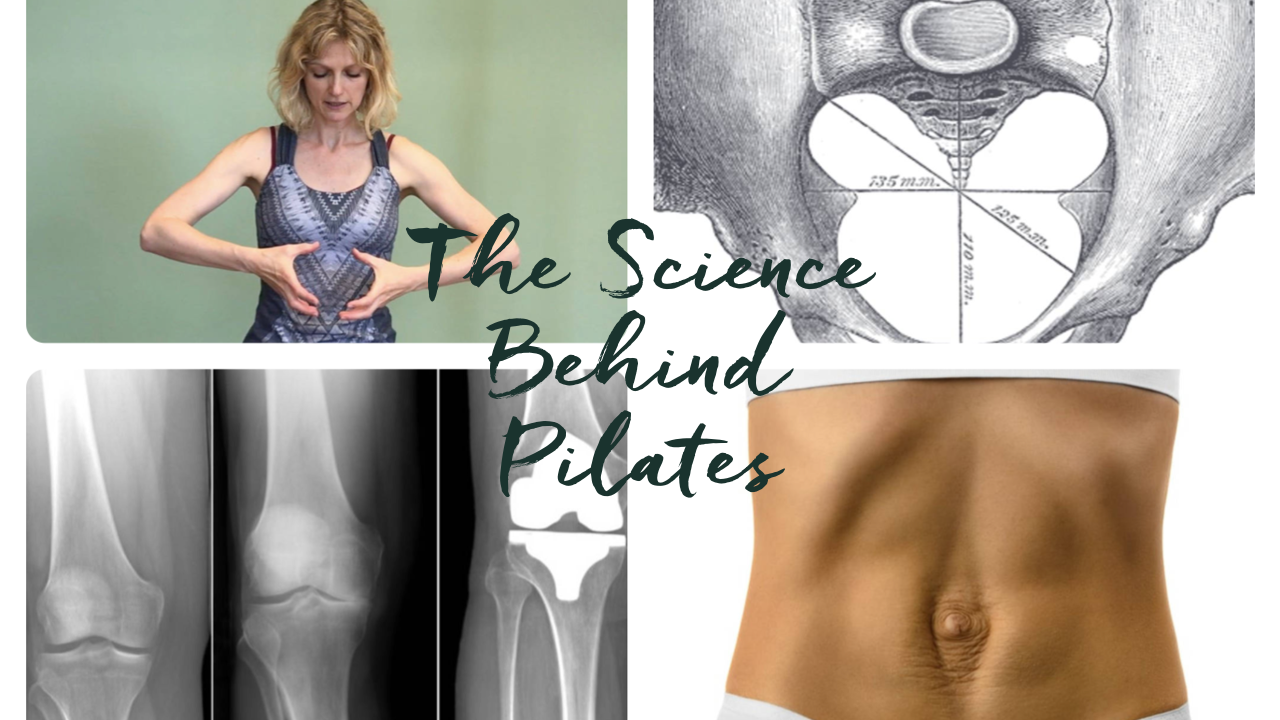The Science Behind Pilates
Aug 26, 2019
Pilates has such a loyal following partly because it can be customized to help you reach specific goals. Maybe you're a runner who wants to improve their time and prevent injuries. Or maybe you use Pilates exercises to improve specific pathologies like Pelvic Floor Dysfunction. The list goes on and on!
A lot of research has been done to help us understand the proven benefits of Pilates within certain goals. One of our favorite resources for research studies is Pilates Science. They organize Pilates articles by category and update their research monthly. Possibly the best part is that the articles are written in plain, easy-to-read English!

The Pilates Protocols chapter of the Pilates Encyclopedia has exercise lists organized by movement goals, athletic needs, and specific pathologies. Within each post, we add research studies to help you dive into the science behind the guidelines that are given.
Check out this example from our post on Pelvic Floor Dysfunction:

If you have a specific goal, looking at research studies can help give you the knowledge to reach it. Our exercise lists for movement, athletic, and pathology goals is constantly growing and currently covers:
- Breathing
- Spinal Extension
- Spine Rotation
- Lumbar Flexion
- Thoracic Flexion
- Lateral Flexion of the Spine
- Trunk Stability and Core Strength
- Ankle Stability + Mobility
- Hip Abduction
- Hip Adduction
- Hip Circumduction: 360-Degree Hip Mobility
- Hip Dissociation
- Hip Extension
- Hip External Rotation
- Hip Flexion
- Hip Internal Rotation
- Lateral Hip Stability
- Lower Extremity Alignment
- Tibial Torsion
- External Rotation of the Shoulder
- Shoulder Flexion
- Width Across the Chest
- Shoulder Protraction + Retraction
- Alpine (Downhill) Skiing
- Baseball
- Climbing Stairs
- Cycling/Spinning
- Hiking
- Lifting (Heavy Things)
- Running
- Swimming
- ACL Injury
- Diastasis Recti
- Hip Replacement
- Knee Replacement
- Low Bone Density (Osteopenia + Osteoporosis)
- Lumbar Disc Herniation
- Pelvic Floor Dysfunction
- Scoliosis
- Shoulder Impingement
Inside the Pilates Encyclopedia membership, we have a whole chapter called “Pilates Protocols” in which we list appropriate exercises for injuries and pathologies.











